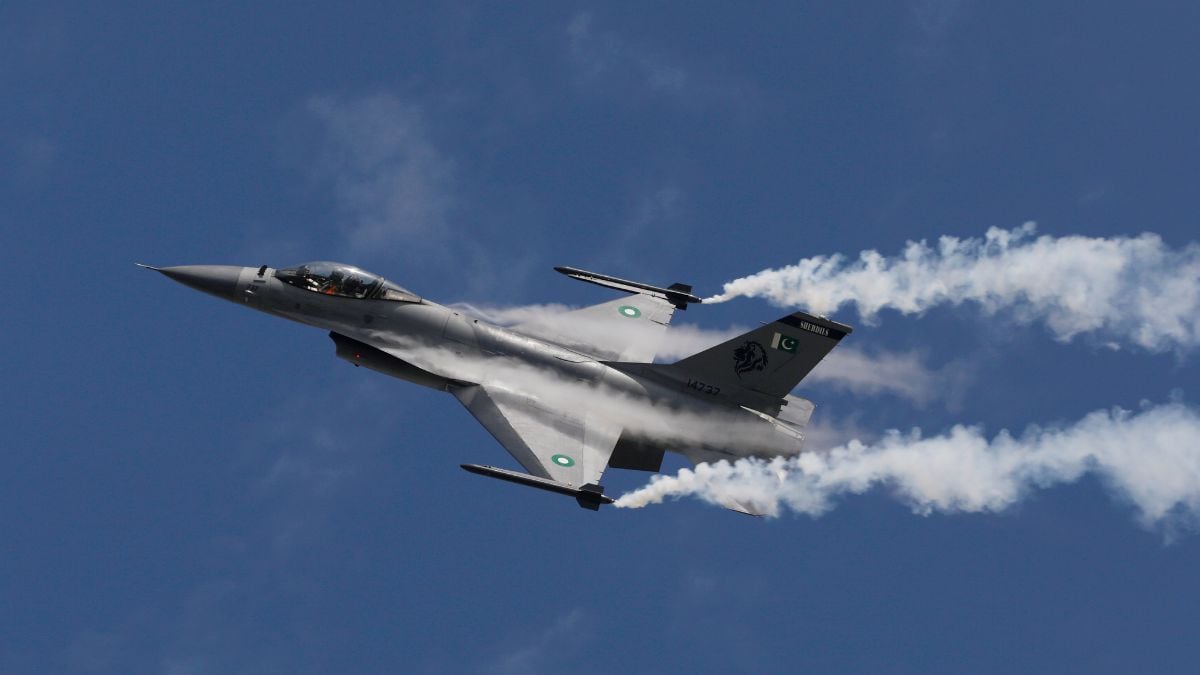

Air Marshal Ashutosh Dixit, Chief of Integrated Defence Staff (CISC), has stated that no Pakistani aircraft breached Indian airspace during Operation Sindoor. This assertion comes amidst discussions on the changing dynamics of modern warfare and the importance of surveillance capabilities. Operation Sindoor, which involved precision strikes on terrorist targets within Pakistan and Pakistan-Occupied Kashmir (PoK), has brought to light crucial lessons about the nature of conflict in the 21st century.
Air Marshal Dixit emphasized that advancements in precision-guided munitions, such as the BrahMos and SCALP missiles, have diminished the significance of geographical barriers in contemporary warfare. He highlighted that nations with superior surveillance capabilities, capable of detecting threats deep within enemy territory, possess a distinct advantage. India's investment in long-range missiles and advanced surveillance systems reflects this strategic shift.
Speaking at a seminar on 'Surveillance and Electro-Optics', co-hosted by the Centre for Air Power Studies (CAPS), Air Marshal Dixit stated that Operation Sindoor reinforced the understanding that modern warfare has fundamentally altered the relationship between distance and vulnerability. With weapons capable of striking targets hundreds of kilometers away with pinpoint accuracy, traditional concepts of front lines and combat zones have become less relevant. He stressed that India must be able to detect, identify, and track potential threats at an early stage, ideally before an attack is launched.
The success of Operation Sindoor, according to Air Marshal Dixit, was also due to indigenous innovation and the effective harnessing of technology. He specifically mentioned the Integrated Air Command and Control System (IACCS), a testament to Indian engineering excellence, which was synced and integrated with the Indian Army's AkashTeer system. This integration dramatically compressed sensor-to-shooter timelines, enabling responses that outpaced adversary decision cycles.
Air Marshal Dixit also highlighted China's expanding military space program, which includes a large number of satellites dedicated to intelligence, surveillance, and reconnaissance (ISR) missions. He emphasized that modern warfare requires deep surveillance of potential threats in their staging areas, airfields, and bases, even within adversary territory. The domain of surveillance has evolved into a foundation upon which modern military operations are built.
The Indian Army also shared visuals of the military action carried out under Operation Sindoor, emphasizing that it was a response to the terror attack in Pahalgam. The operation involved strikes on multiple targets and was aimed at neutralizing terror infrastructure.
Operation Sindoor has brought to light the importance of self-reliance in national security. The ability to develop and deploy indigenous technologies, such as the IACCS, has enabled India to respond effectively to threats and protect its interests. The operation also demonstrated that traditional concepts of warfare are becoming increasingly irrelevant in the face of technological advancements and the changing nature of conflict. The focus is now on detecting threats early, responding quickly, and utilizing precision-guided munitions to strike targets accurately, regardless of geographical barriers.